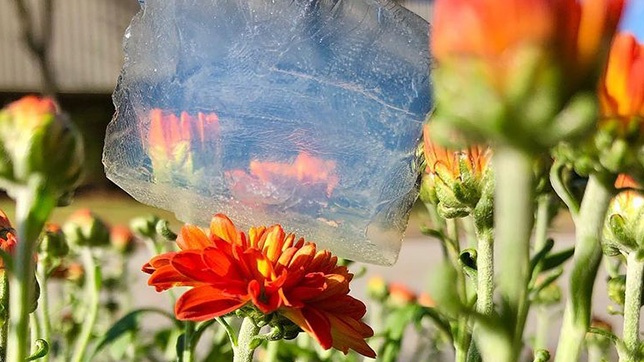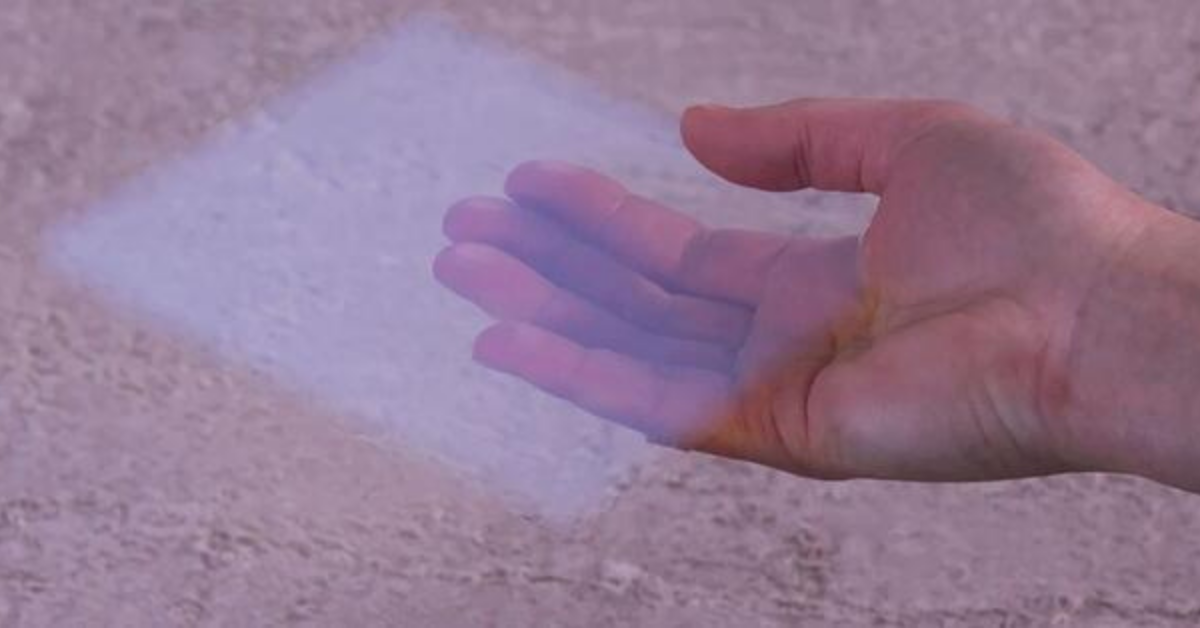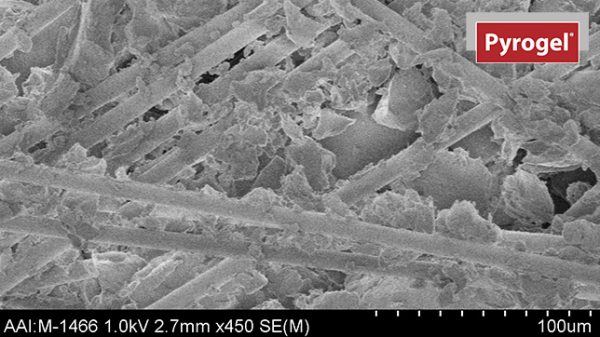About Aerogel


What is Aerogel?
Aerogel is a groundbreaking material known as the lightest solid on Earth. Composed of up to 99.8% air by volume, it’s often called “frozen smoke” or “solid cloud” due to its ethereal appearance and featherlight feel. Despite its weightless look, aerogel is incredibly powerful—offering exceptional thermal insulation and ultra-low density.
Originally developed in 1931 by Samuel Kistler, aerogel was the result of a scientific challenge: to remove the liquid from a gel without causing the structure to collapse. The outcome was a revolutionary substance where the liquid was replaced with gas—creating an open, nanoporous network that retains its form while being almost entirely composed of air.
Aerogels are typically made from materials such as silica, carbon, metal oxides, and even biopolymers. Among these, silica aerogel is the most common and widely used. It has a refractive index close to air (~1.05), is nearly transparent, and has a thermal conductivity lower than still air, making it one of the best insulators ever created.
Key characteristics of aerogel include:
Extreme porosity: Over 90% air content
Record-low density: As light as 1,000 g/m³
Low thermal conductivity: Ideal for insulation
High surface area: Up to 1,000 m²/g
Non-flammable and chemically stable
For over two decades, Aspen Aerogels has been developing our Aerogel Technology Platform® into ground breaking new products for the industrial insulation and battery thermal barrier industries. Our advanced research and development centers continue to drive aerogel innovation and continually explore future applications and products through our aerogel technology.

Why is Aerogel a Good Thermal Insulator?
The solid component in silica aerogel consists of tiny, three-dimensional, intertwined clusters. They comprise only 3% of the volume and are very poor conductors. Air in microscopic pores make up the remaining 97% of aerogel’s volume. This air has very little room to move, inhibiting both convection and gas-phase conduction. These characteristics make aerogel the world’s lowest density solid and most effective thermal insulator.

Our Industry-Leading Aerogel Technology Platform®
Aspen Aerogels was the first company to successfully commercialize a technically and economically viable form of aerogel insulation. Pyrogel® and Cryogel® products reimagined the role of industrial insulation and became essential tools for engineers in process stability and asset protection.
Our commitment to continuous innovation is leading the way to a more sustainable future. Battery OEMs harness our aerogel technology platform to meet performance and safety requirements with our PyroThin® thermal barrier solutions. We look forward to supporting the next generation of sustainability challenges with our carbon and hybrid aerogel platforms.
